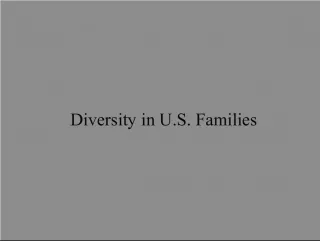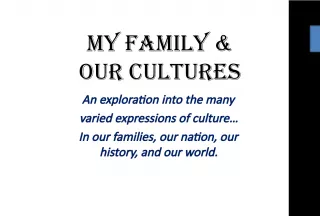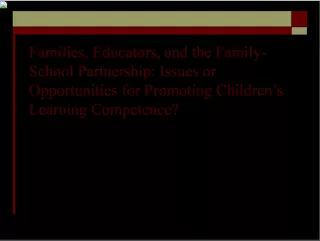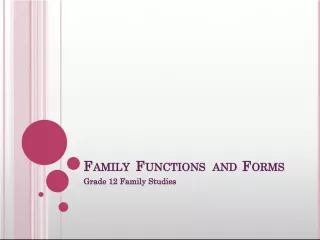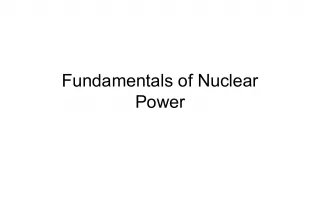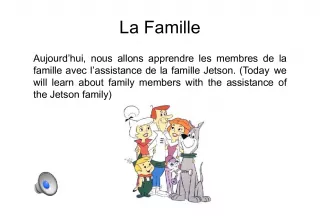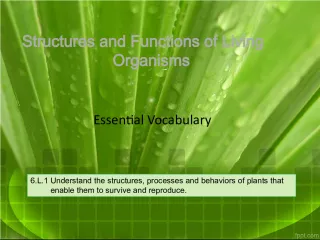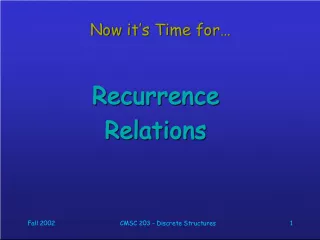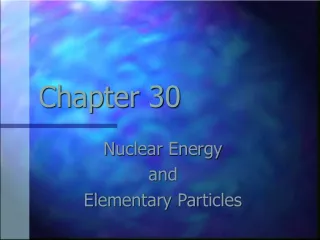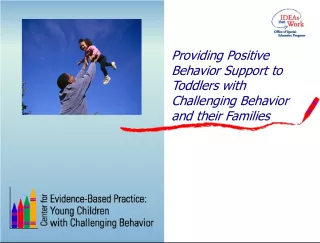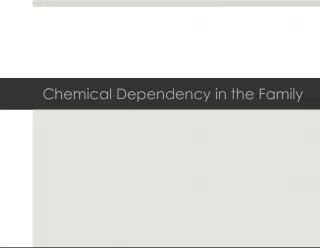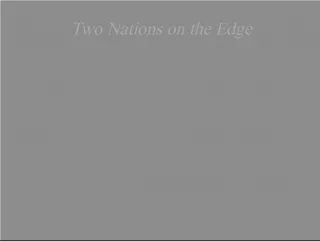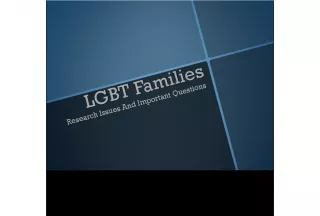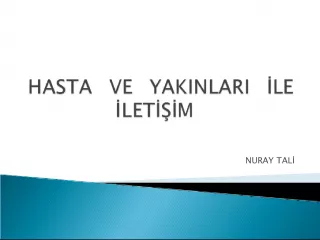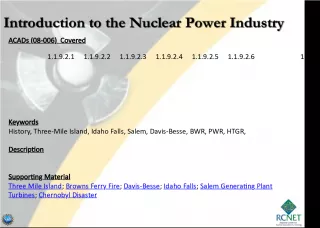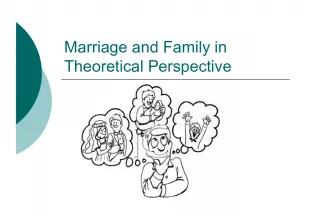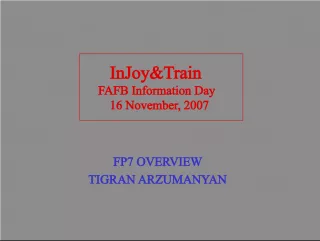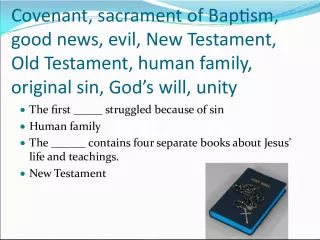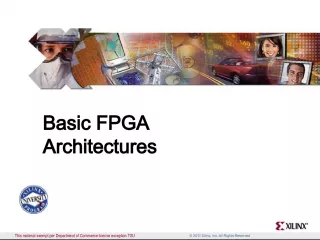Exploring Different Family Structures: Nuclear and Extended Families
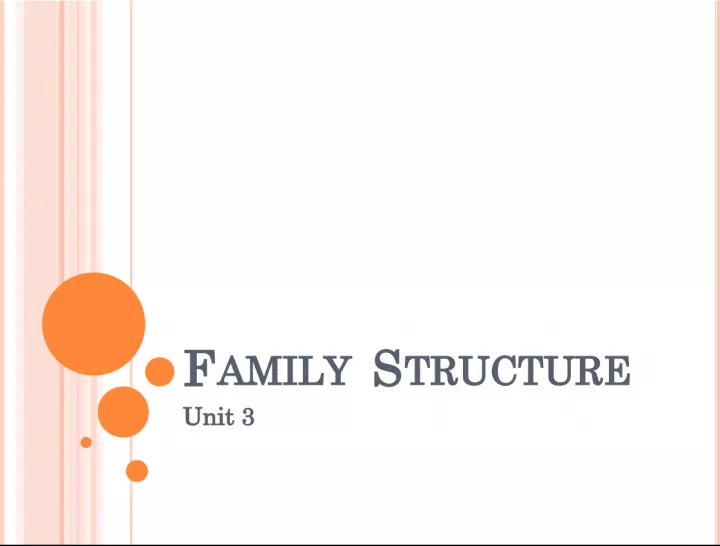

In this unit, we will be examining the two most common types of family structures: nuclear and extended families. Nuclear families are composed of parents and children, and can vary in
- Uploaded on | 1 Views
-
 valmira
valmira
About Exploring Different Family Structures: Nuclear and Extended Families
PowerPoint presentation about 'Exploring Different Family Structures: Nuclear and Extended Families'. This presentation describes the topic on In this unit, we will be examining the two most common types of family structures: nuclear and extended families. Nuclear families are composed of parents and children, and can vary in. The key topics included in this slideshow are . Download this presentation absolutely free.
Presentation Transcript
Slide1FAMILY S TRUCTURE Unit 3
Slide2NUCLEAR FAMILY nuclear families can be any size, so long as the family can support itself and consists of only parents and children. This is the third most common household arrangement in the nation.
Slide3EXTENDED FAMILY extended families use the network of relatives to act as a close-knit community. Can included spouses of children, aunts, uncles, cousins, etc. Rules & Responsibility : growing up this way does not necessarily mean severing bonds between oneself, parents, or grandparents. The members of the household often share the workload. The leader is usually the oldest male, and they set the rules for the family.
Slide4SINGLE PARENT is a parent who cares for one or more children without the assistance of another parent in the home. Single parenthood may occur for a variety of reasons. It could be opted for by the parent (as in divorce, adoption, artificial insemination, surrogate motherhood, or extramarital pregnancy), or be the result of an unforeseeable occurrence (such as death or abandonment by one parent).
Slide5STEP FAMILY Traditionally, a stepfamily is the family one acquires when a parent enters a new marriage, whether the parent was widowed or divorced typical nuclear stepfamilies do not live in one house, consisting of three or more parents, biological and otherwise. It is also possible, in a less strict sense, that the new mate chooses the role of full- or part- time caregiver without marital commitment. Why/ Effects: Still it is not at all clear what formal parenting roles, rights, responsibilities and social etiquette, should exist between "stepparents" and their "stepchildren". This often leaves the parents in unexpected conflicts with each other, their former spouses and the children
Slide6SHARED PARENTING refers to a family arrangement in child custody or divorce settlements, in which the care of the children is equal, or more than substantially shared, between the biological parents. Such arrangements encourage children to know both parents are involved and share responsibility in their upbringing. This is generally considered to be a desirable plan in order to parent children separately.
